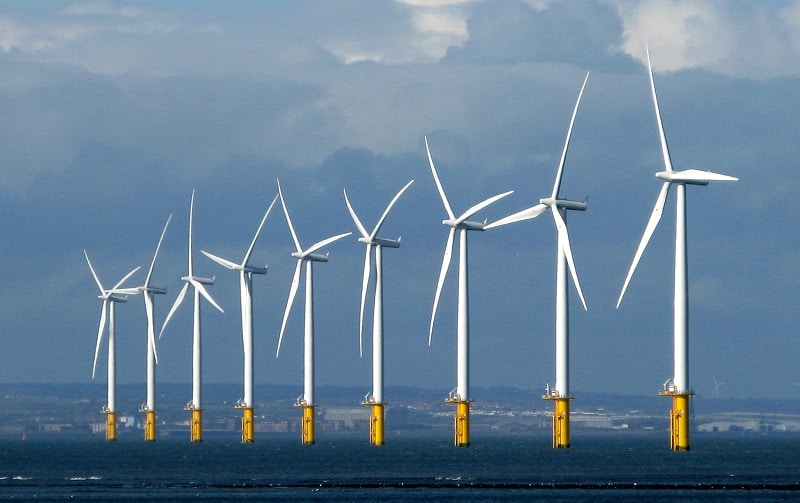Offshore Renewables
Offshore Renewables refer to renewable energy sources that are harnessed from the ocean or sea-based environments. These include offshore wind energy, wave energy, tidal energy, and ocean thermal energy conversion (OTEC). Offshore renewables are a rapidly growing sector in the global clean energy transition, offering vast potential for large-scale, sustainable power generation.
The most developed and commercially viable form of offshore renewable energy is offshore wind power. Offshore wind farms consist of large wind turbines installed in bodies of water, typically on fixed foundations in shallow waters or floating platforms in deeper seas. These turbines capture stronger and more consistent wind speeds than those onshore, making offshore wind a highly efficient energy source. Countries like the UK, Germany, and China are global leaders in offshore wind deployment.
Wave and tidal energy systems harness the kinetic and potential energy from ocean waves and tides. Technologies such as tidal barrages, underwater turbines, and oscillating water columns convert these movements into electricity. While still in the developmental phase, these systems offer reliable, predictable energy outputs, as tides follow consistent lunar cycles.
Ocean thermal energy conversion (OTEC) uses the temperature difference between warm surface water and cold deep-sea water to generate electricity. This technology is particularly viable in tropical regions and islands where the thermal gradient is strong.
The benefits of offshore renewables include:
-
High energy yield due to stronger, more consistent offshore resources
-
Reduced land use conflict, preserving landscapes and habitats
-
Massive scalability, ideal for meeting large energy demands
-
Contribution to decarbonization of national grids
However, challenges persist, including high capital costs, complex installation and maintenance, environmental concerns (e.g., marine ecosystems), and the need for specialized grid connections from sea to land.
Advancements in floating platform technology, undersea cabling, and marine construction are helping overcome these barriers. Governments and private sector players are increasingly investing in offshore renewables to diversify energy supply, ensure energy security, and meet climate targets.
In conclusion, offshore renewables represent a key pillar of the future energy mix. As technology and infrastructure evolve, offshore energy will play a major role in delivering clean, reliable, and large-scale electricity worldwide.
